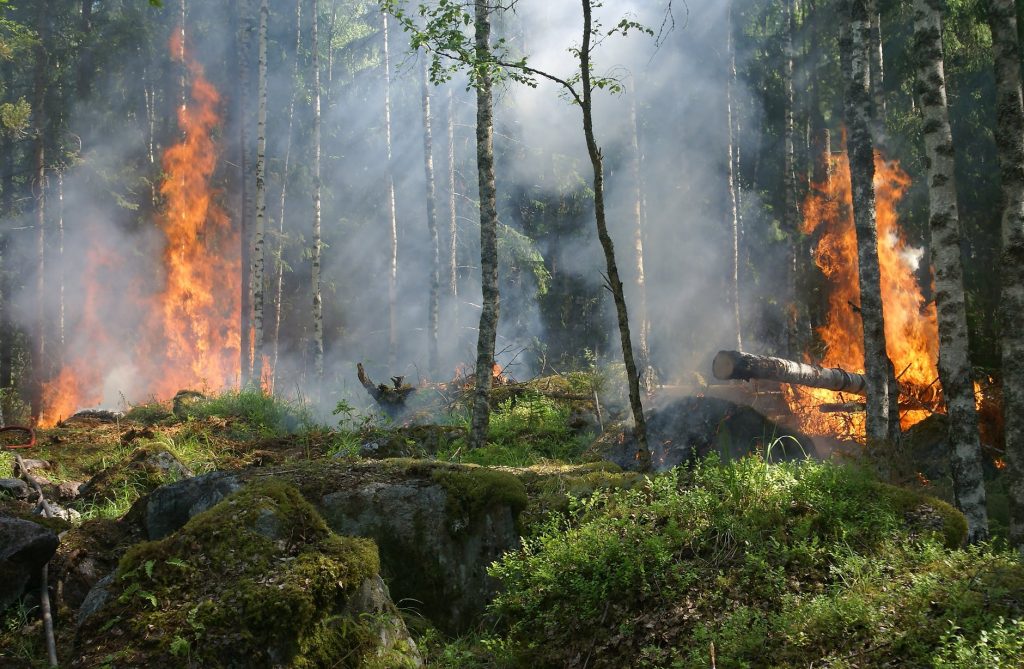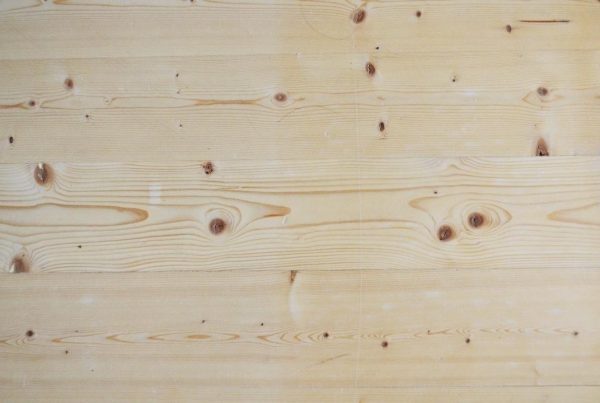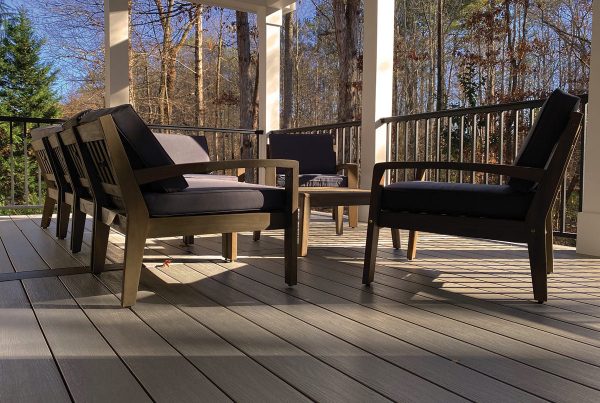So you are looking to improve your understanding of fire-rated products? And reduce that fire risk on your building? Have a look at the LP FlameBlock Fire-Rated OSB Sheathing which is a Fire-Rated product that gives you the freedom to do more with less. It is vital to understand that it is impossible to make wood impermeable to fire. This is simply because the main purpose of wood is to make fire. However, you can make wood resistant to fire but up to a certain level. This article will go a long way in helping you improve your understanding of fire-rated products.
Determining levels of fire resistance in panels
To improve your understanding of fire-rated products begins with you understanding the measurements of fire resistance levels. Proving if a panel is fire-proof requires a couple of agencies to do a number of tests for any vulnerabilities. Agencies like NRC check if fire-rated products are up to the flame spread test. It is important that any building is able to withstand fire so as to increase the chances of survival and saving property that may be trapped in the building. Tests like an R-value test are used to measure how a panel is able to resist heat transfer from one end to the other. Studies have shown that panels with thicker cores are able to withstand heat better than those with thinner cores. Some panels can withstand heat for up to 3 hours!
I. 1-hour Fire-Rated Products
This panel is able to maintain the integrity of the structure for up to one hour. They are tested using a fire blast on the panel consistently for one hour, but there are other certified methods that are used to test the fire-rated products’ fire resistance. There are multiple species of fire-rated products that can resist heat for up to one hour. You can check on the Sherwood Lumber website on Fire-Rated products. Some of the products used include steel and they can be used on almost anywhere e.g. floors, doors, ceilings, and walls.
II. Class A Fire-Rated Products.
A Class A fire-resistance rating on a building/panel means that it is highly resistant to fire and is a very poor conductor of heat such that the flames do not spread quickly. Testing is done using an open flame whereby measurements are observed, recorded and analyzed. Variables under observation are flame-spread, fuel contribution, and the amount of smoke developed. Materials used in this class include Polystyrene, steel and vinyl there are however not the only coverings that are available.
III. Non- Combustible Fire-Rated Products.
Some insurance companies may require that you have more than Class A ratings on your building/panel. Non-Combustibles also is known as fire-retardant-treated wood (FRTW) are the best choice to look at. The test for this is similar to that of Class A products and so are the variables under observation. Steel/Gypsum is one of the materials in this process and thereafter it undergoes lamination using adhesives. Organic and inorganic salts are fused into the wood under high pressure to give it high resistance to fire.
Fire-Rated products are very flexible and come handy in any building. They have been in use in the commercial sector and they offer a wide range of markets for contractors to sell. They are also usable as supplements to other structures/panels, particularly in remodeling projects. Due to their durability, they are the best for using in between walls because they are able to withstand heavy items that may be mounted to them.











